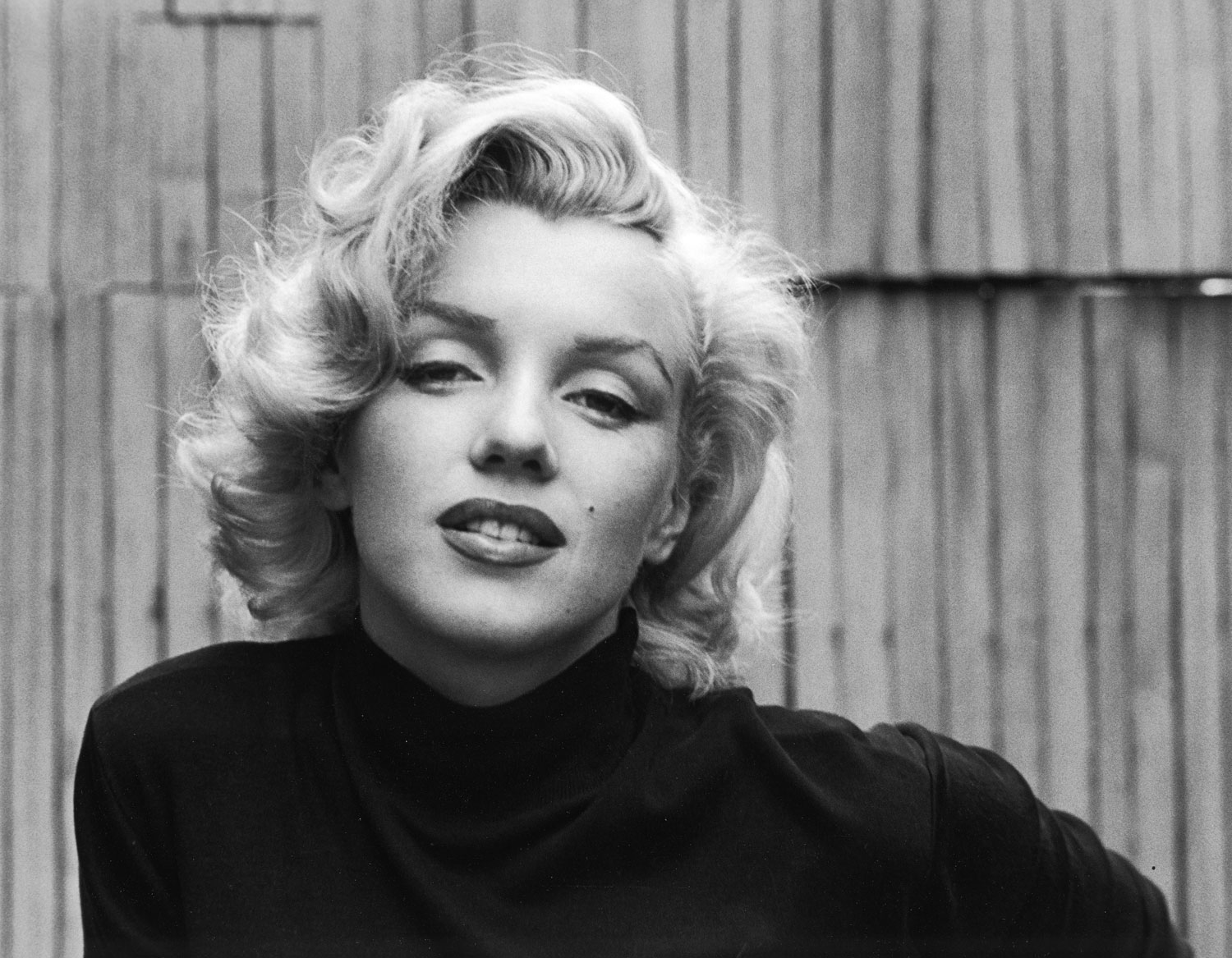
When Alfred Eisenstaedt photographed Marilyn Monroe at her Hollywood home in 1953, the 54-year-old LIFE staffer and the 26-year-old actress were—on the face of it, at least—an utterly improbable, mismatched pair.
An artist and a master craftsman with the camera, the German-born Eisenstaedt had been a professional photographer for three decades (he would keep shooting into the 1990s) and by the early 1950s had made several of the 20th century’s most recognizable, iconic pictures. His “V-J Day in Times Square,” for example—a.k.a, “The Kiss”—is arguably the single most famous, reproduced and (lovingly) parodied photograph ever made. He had traveled everywhere and photographed most everyone, from Hitler and Hemingway to Robert Oppenheimer and Albert Einstein.
In photographic circles he was something of a legend, and over the next four decades would continue to create fond, inimitable pictures of the famous (Jackie Kennedy, Leonard Bernstein, Sophia Loren) and the unknown. His unforgettable shot of children reacting to a 1963 puppet show in Paris, for example, remains one of the single greatest portraits of raw, innocent wonder ever produced.
Jacob Deschin, a long-time photography critic and “camera editor” at the New York Times, said of Eisenstaedt in 1954: “After 25 years of professionalism, he is still an amateur at heart, excited about his medium, full of delight in persons and things and as enthusiastic as a beginner.”
For her part, by 1953 Marilyn Monroe was indisputably an actress on the rise—that year alone she would star in three memorable movies: Niagara, How to Marry a Millionaire and Gentlemen Prefer Blondes—and there was little doubt that bigger things were on the horizon; but even her most ardent fans could hardly have imagined the utterly singular, enormous place in the pop culture pantheon that she would someday occupy. Her career-defining screen roles (Bus Stop, The Misfits, The Seven Year Itch and, of course, Some Like It Hot) were still to come, but unmistakable glimmers of the Marilyn mystique—sex goddess, muse, troubled soul—were there for anyone with eyes to see.
[Buy the LIFE book, Remembering Marilyn]
Happily, if anyone had eyes to see, it was “Eisie.” The images that he captured on one afternoon in 1953 remain not only among the warmest, most casually intimate photos of Marilyn that anyone ever made: they also serve as a poignant record of a young woman on the very cusp of both genuine superstardom and years of gradually, ever-deepening misery. Defined less by her film work and more by her celebrity, her broken marriages (to baseball Hall of Famer Joe DiMaggio and great American playwright, Arthur Miller), depression, drugs, affairs—most famously and devastatingly, of course, with JFK — Marilyn Monroe’s life in the decade between that 1953 photo session with Eisenstaedt and her death in August 1962 has been chronicled, dissected, analyzed and sifted so thoroughly that there’s little need to recount it here.
Instead, LIFE.com offers this series of photos—most of which never ran in LIFE magazine—as both a tribute and a reminder: a tribute to the great, uniquely empathetic photographer who made them, and a reminder of the talented, beautiful, utterly alive young Marilyn who so bewitched the world, her whole life still ahead of her.
Ben Cosgrove is the Editor of LIFE.com
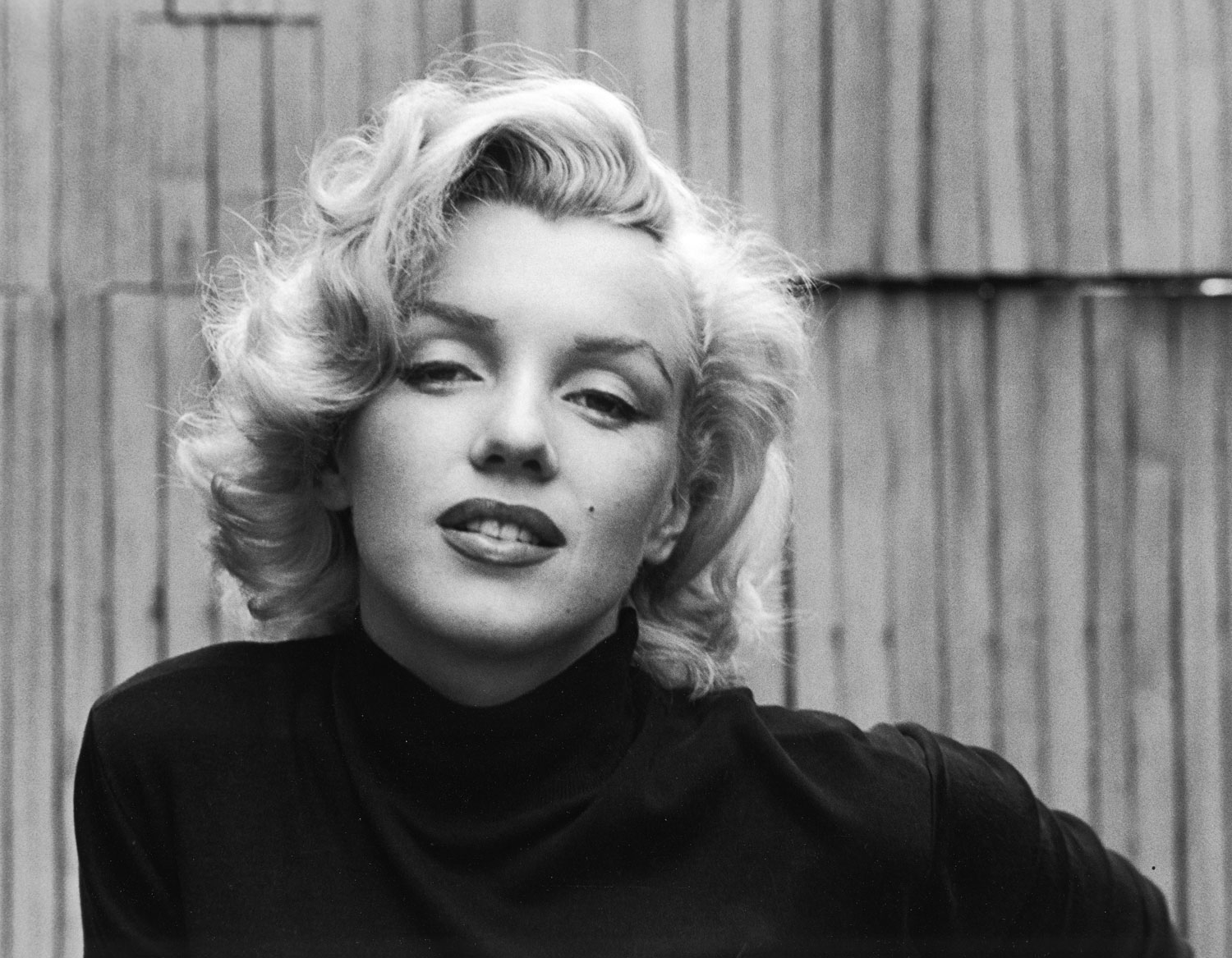
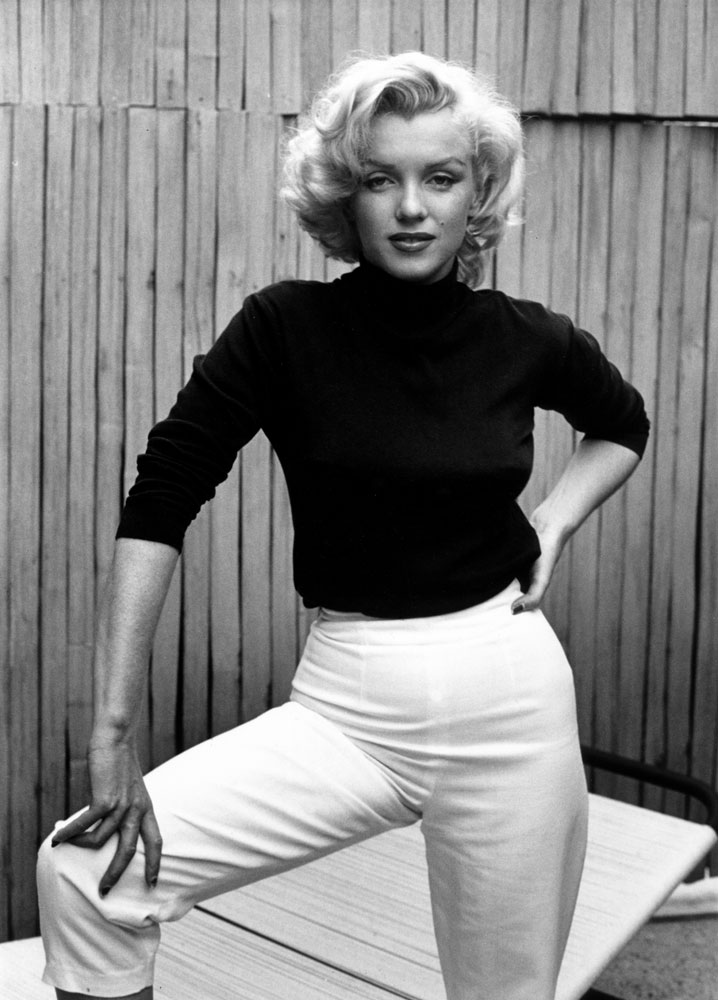
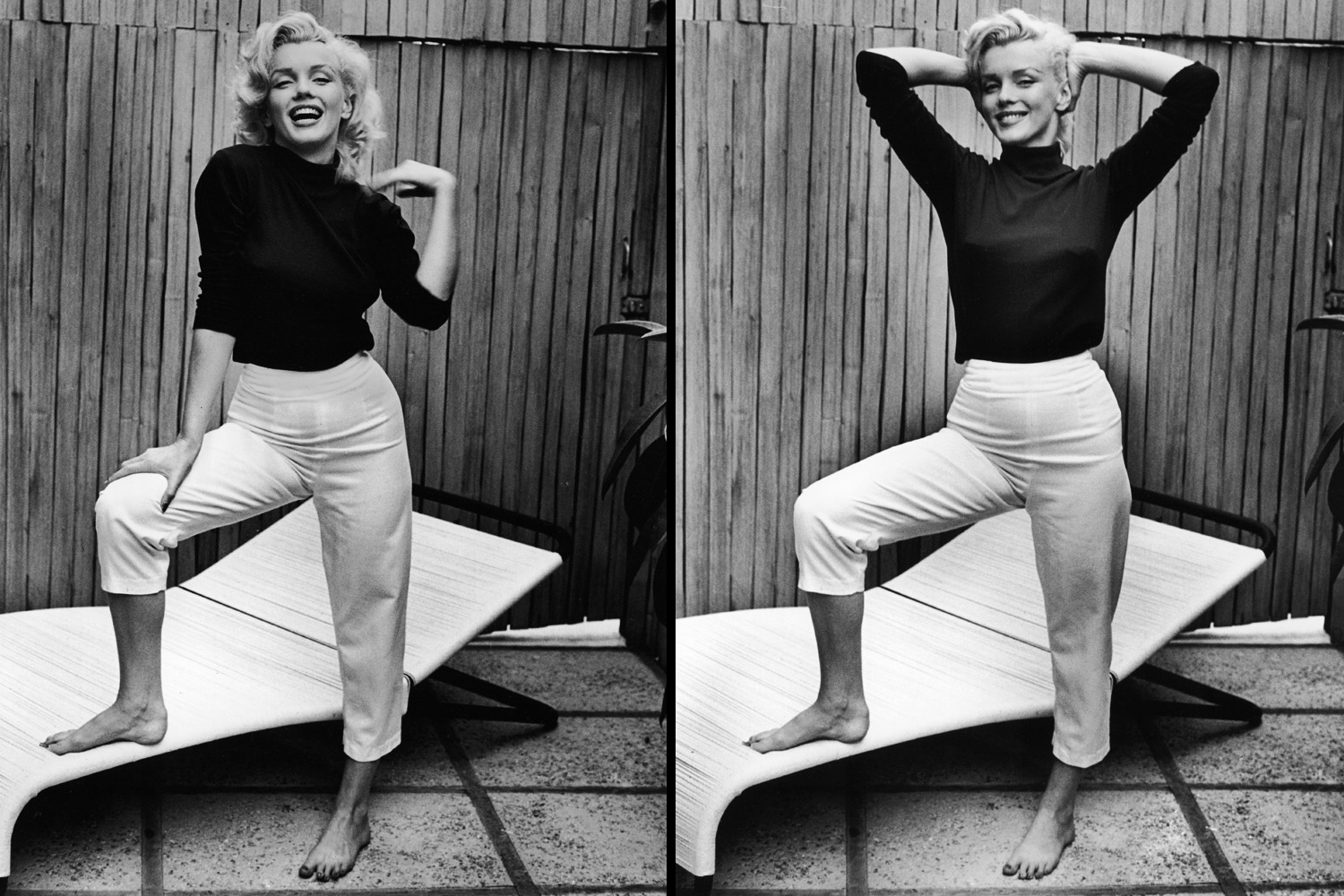
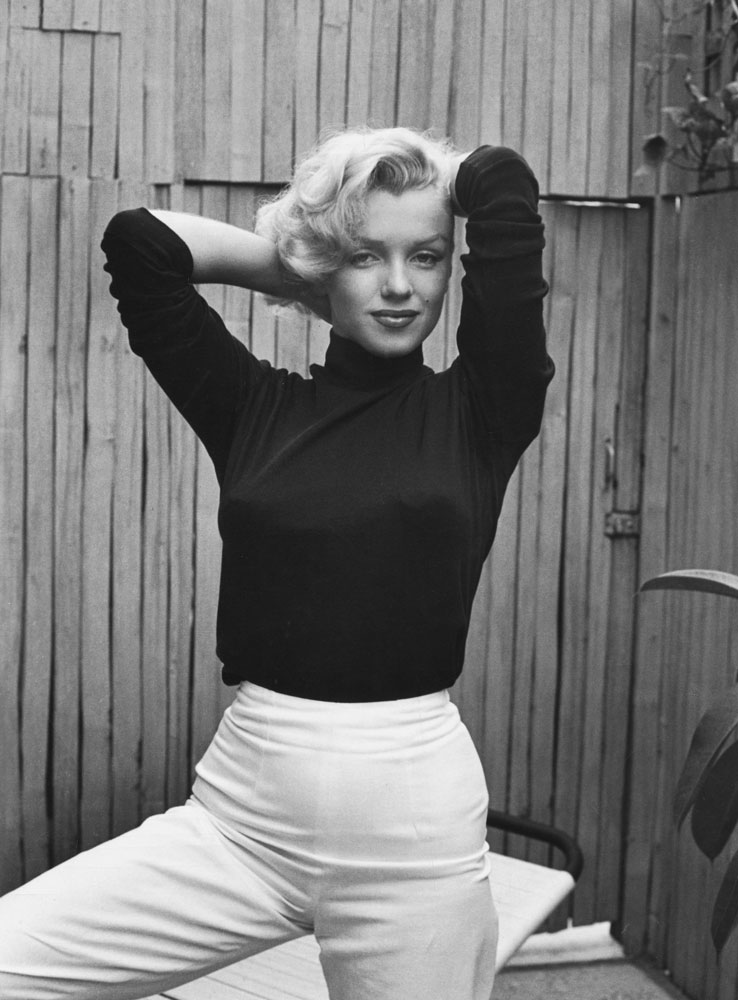
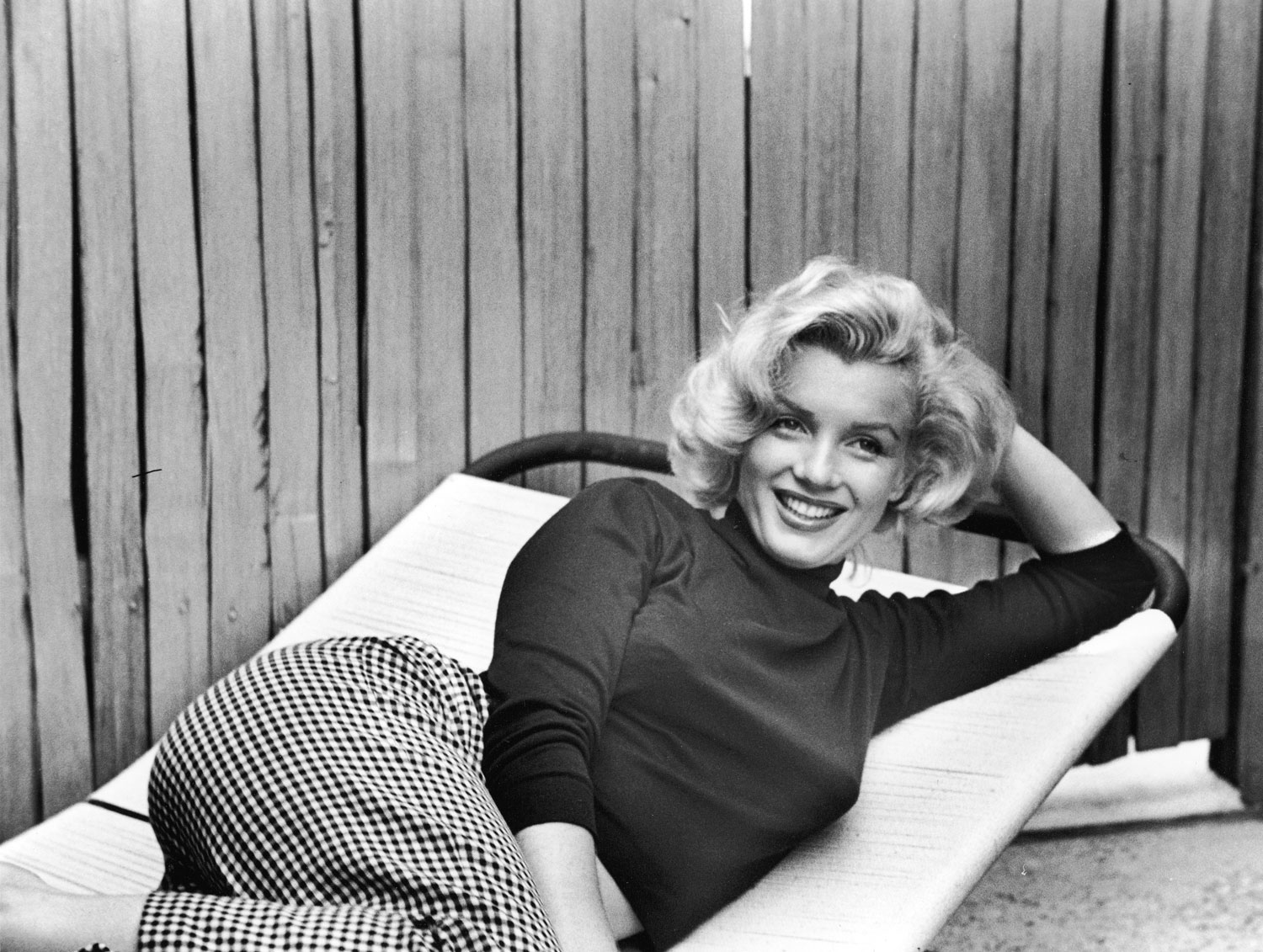
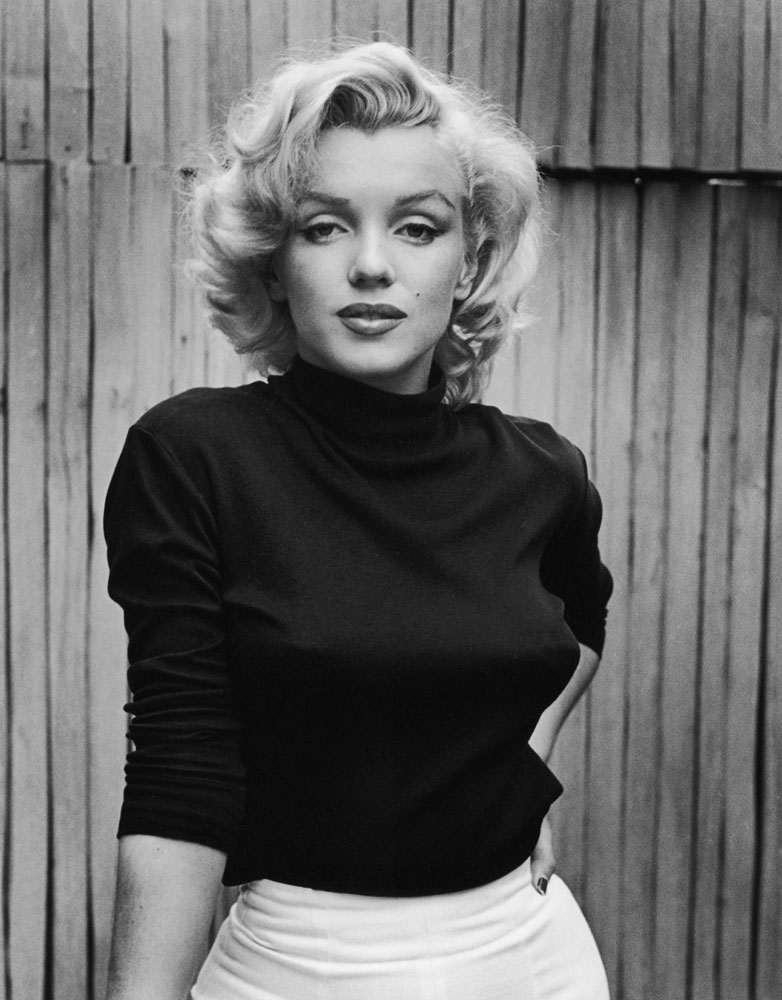
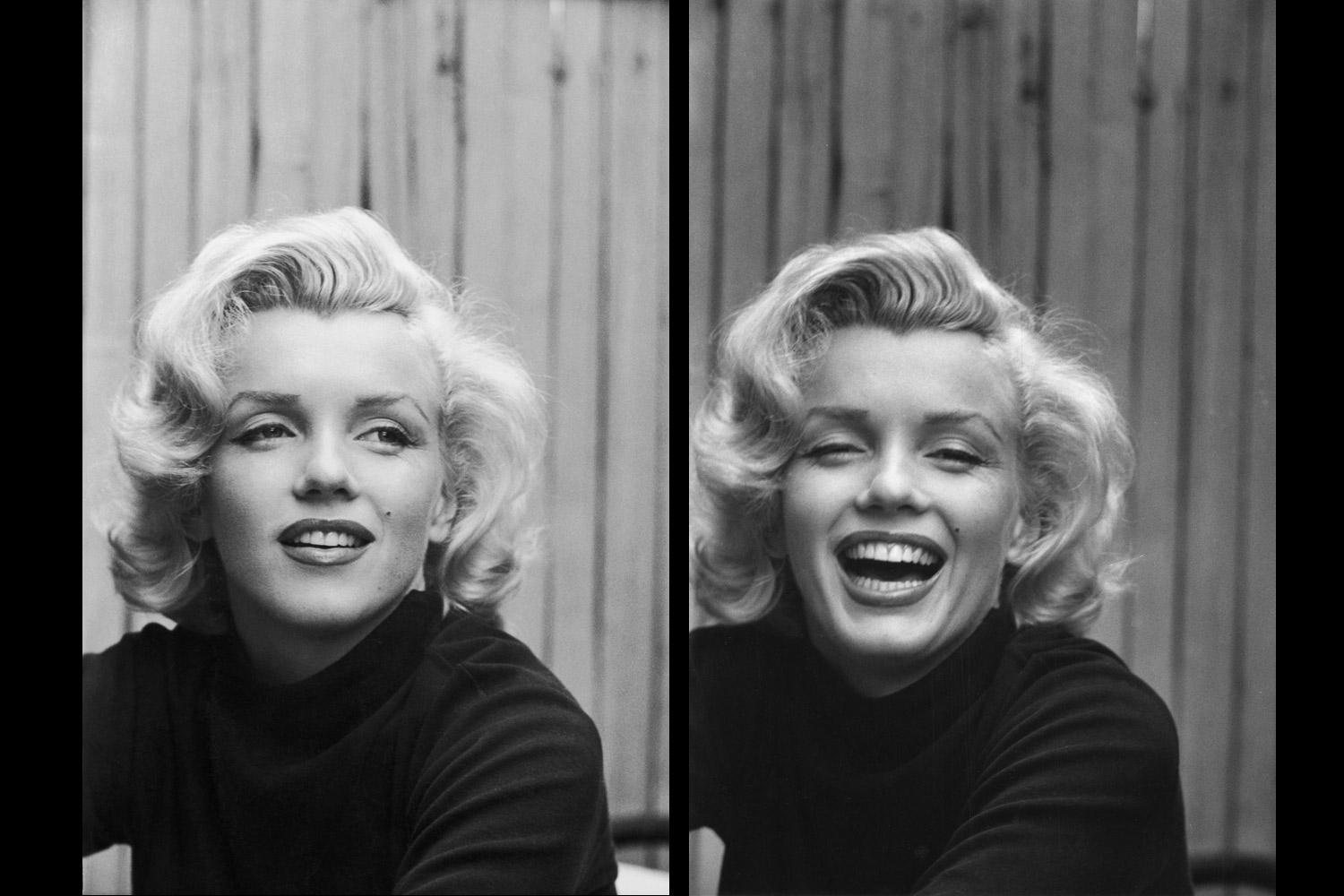
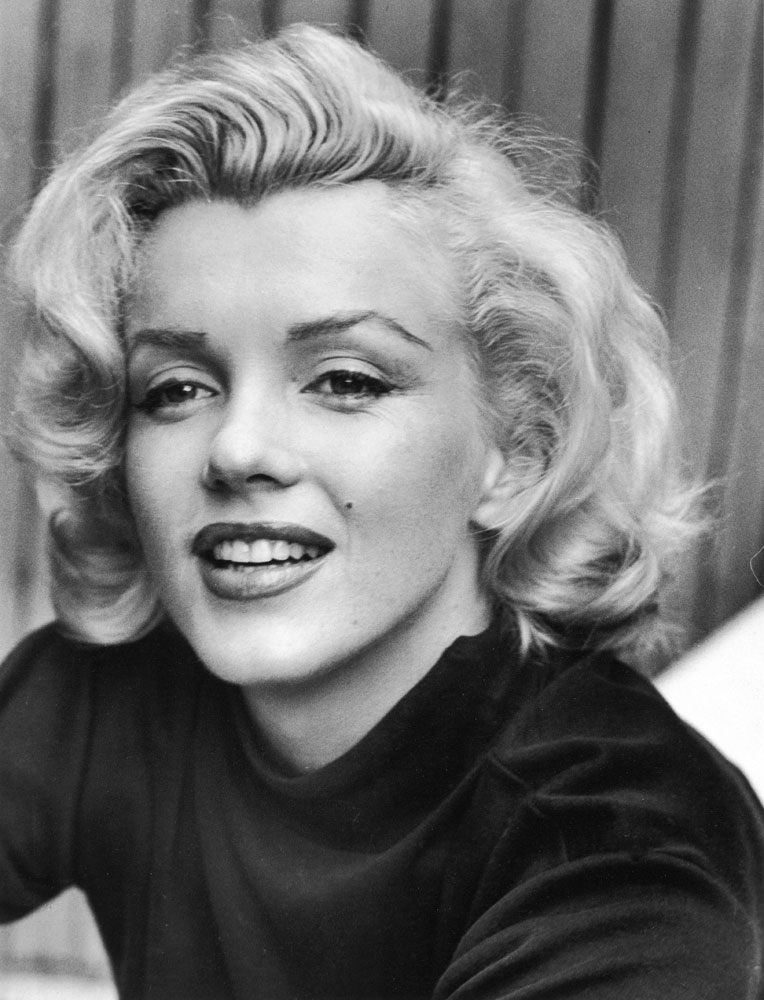
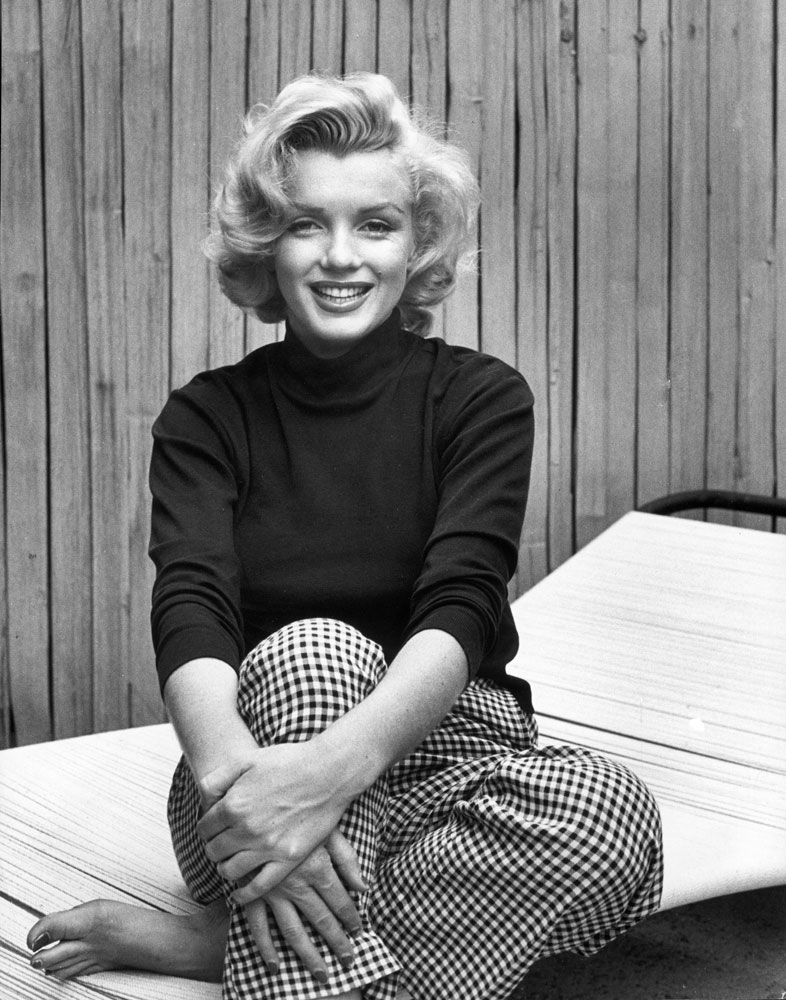
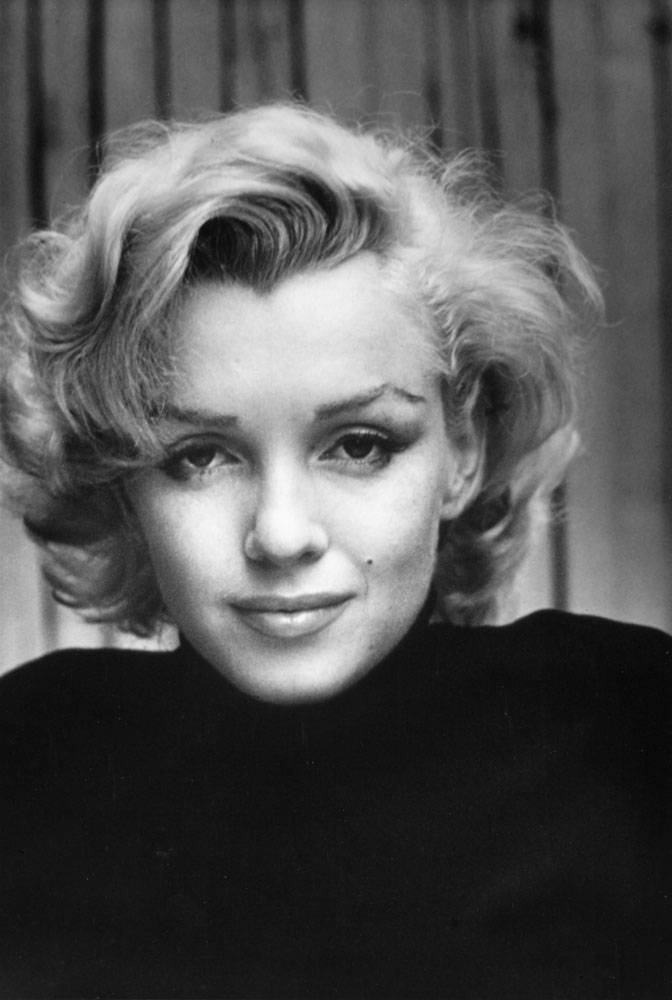
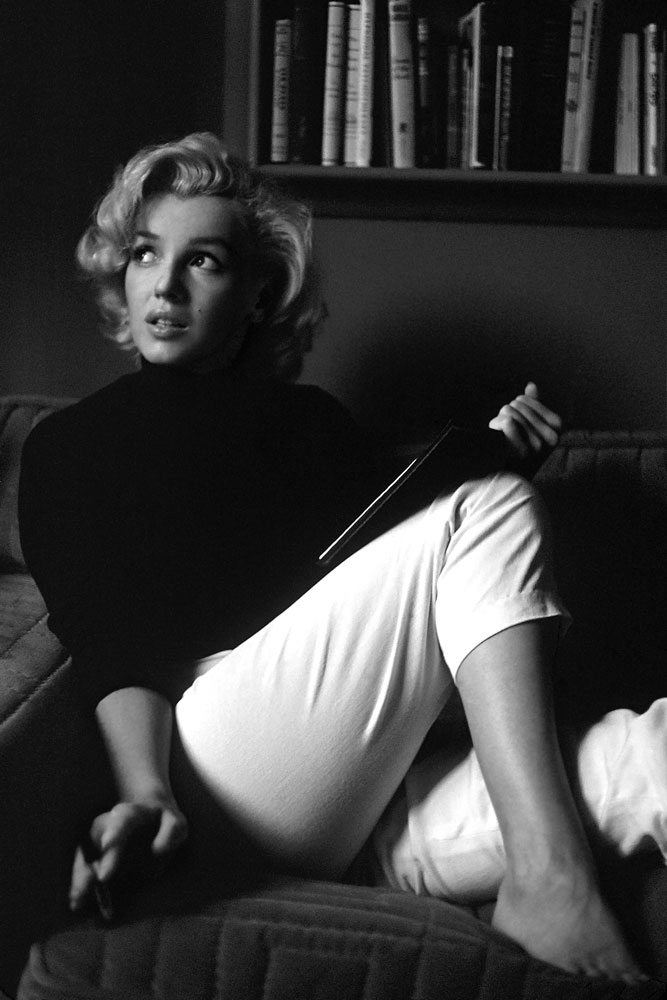
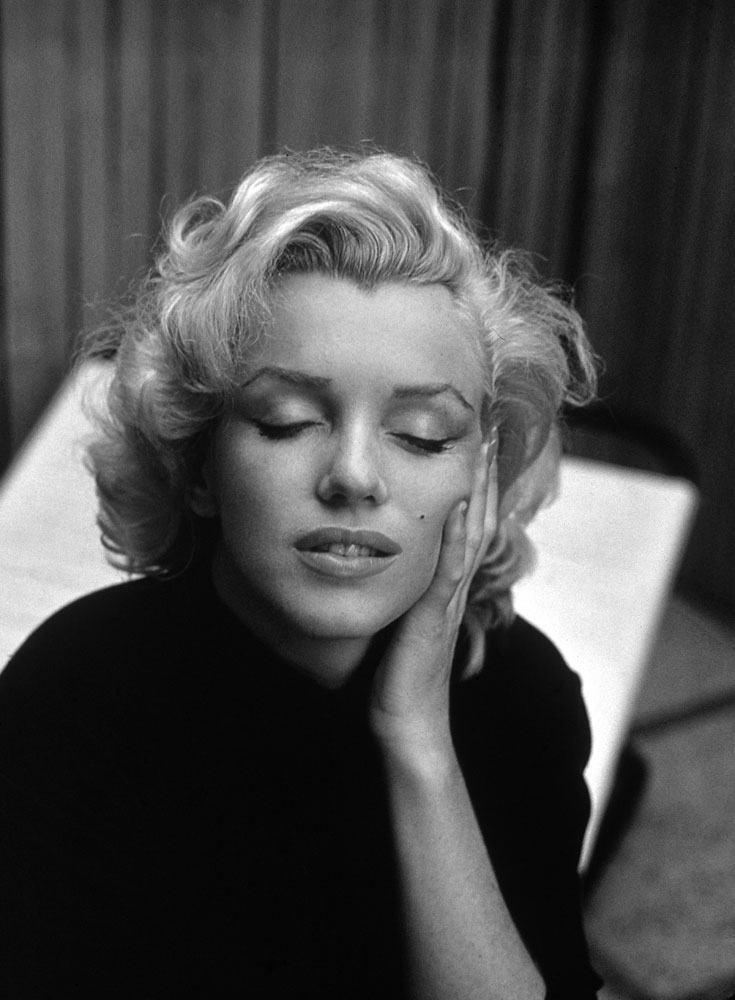
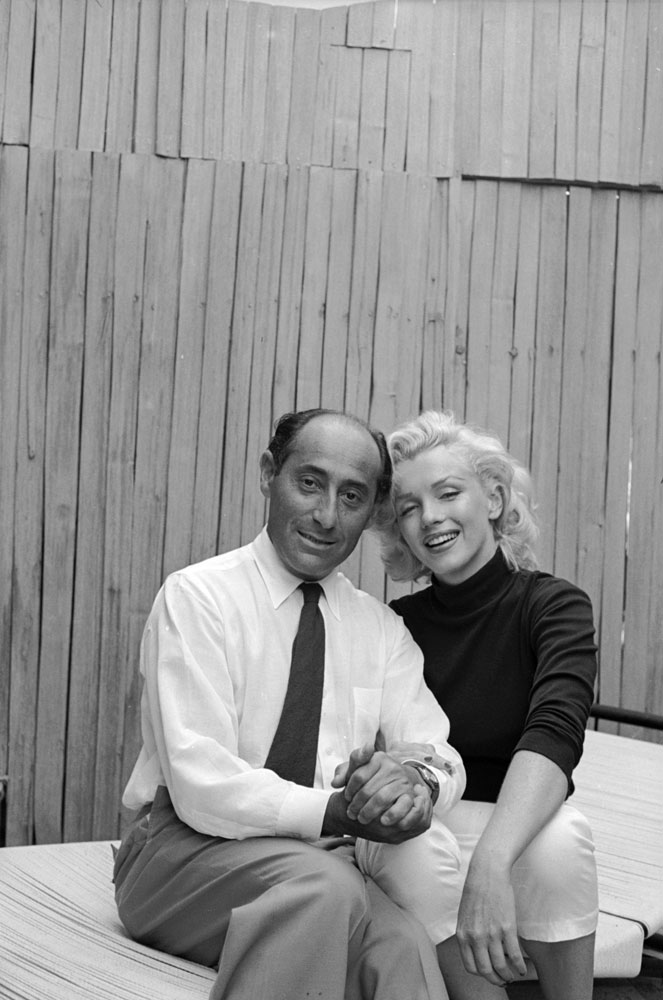
More Must-Reads From TIME
- Dua Lipa Manifested All of This
- Exclusive: Google Workers Revolt Over $1.2 Billion Contract With Israel
- Stop Looking for Your Forever Home
- The Sympathizer Counters 50 Years of Hollywood Vietnam War Narratives
- The Bliss of Seeing the Eclipse From Cleveland
- Hormonal Birth Control Doesn’t Deserve Its Bad Reputation
- The Best TV Shows to Watch on Peacock
- Want Weekly Recs on What to Watch, Read, and More? Sign Up for Worth Your Time
Contact us at letters@time.com